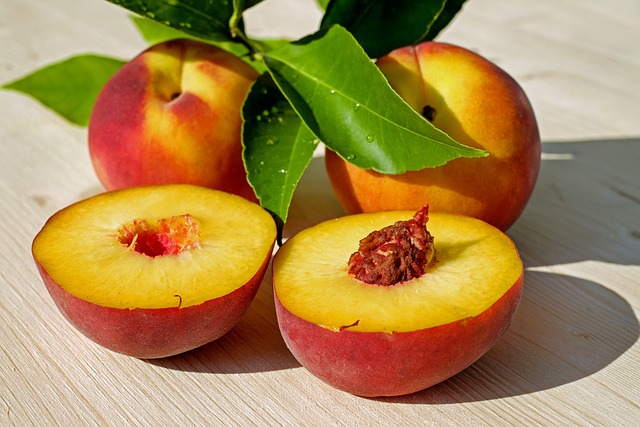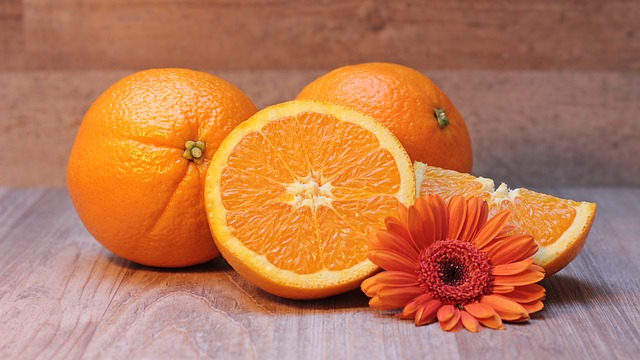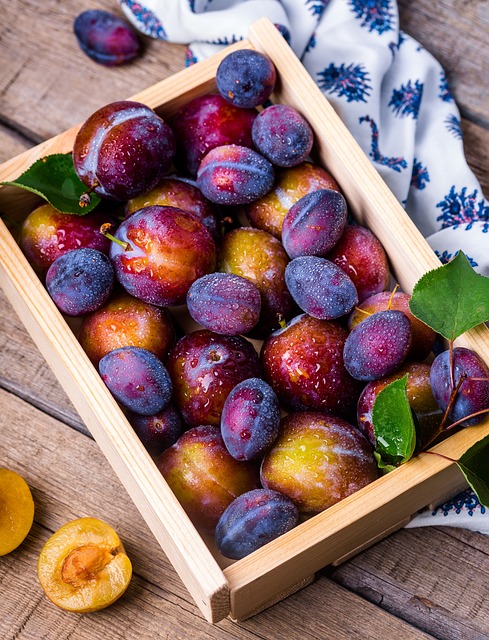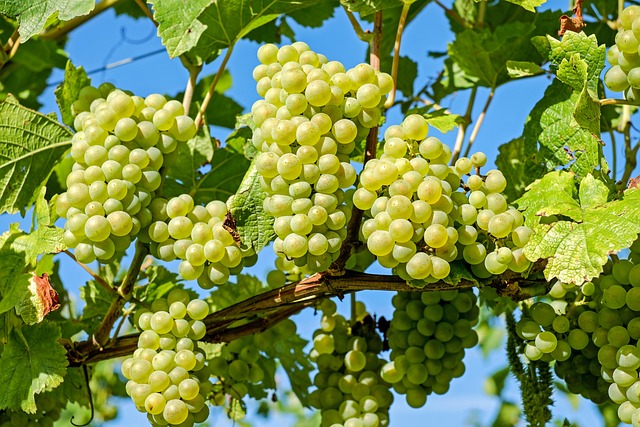Beyond Yogurt: Discovering the Hidden World of Probiotic-rich Foods
Probiotics have gained a lot of attention in recent years due to their potential health benefits. While most people associate probiotics with yogurt, there is a wide array of other foods that are rich in these beneficial microorganisms. In this blog post, we will explore some of these lesser-known probiotic-rich foods that can help support a healthy gut.
1. Kombucha
Kombucha is a fermented tea that has been consumed for centuries. It is made by adding a symbiotic culture of bacteria and yeast (SCOBY) to sweetened black or green tea. The bacteria and yeast consume the sugar during the fermentation process, resulting in a tangy, fizzy beverage.
Kombucha is known for its probiotic content, which can vary depending on the fermentation process. The most commonly found bacteria in kombucha include Acetobacter, Gluconacetobacter, and Lactobacillus, which are known to support digestive health.
2. Sauerkraut
Sauerkraut is a type of fermented cabbage that is packed with probiotics. It is made by finely shredding cabbage and fermenting it with salt. During fermentation, the natural sugars in cabbage are converted into lactic acid by lactic acid bacteria, such as Leuconostoc, Lactobacillus, and Pediococcus.
These lactic acid bacteria not only give sauerkraut its characteristic tangy taste but also promote a healthy gut by maintaining a balanced gut microbiota. Adding sauerkraut to your meals can be a flavorful way to incorporate probiotics into your diet.
3. Kimchi
Similar to sauerkraut, kimchi is a traditional Korean dish made from fermented vegetables, primarily cabbage and radishes. The fermentation process gives kimchi a unique flavor profile that is spicy, tangy, and slightly sour.
Kimchi is teeming with beneficial bacteria, including species of Lactobacillus, Leuconostoc, and Weissella. These bacteria not only aid in digestion but also enhance the flavor and nutritional value of the vegetables used in making kimchi.
4. Miso
Miso is a traditional Japanese seasoning made from fermented soybeans, rice, or barley. It is commonly used in soups, dressings, and marinades. Miso fermentation involves the use of Aspergillus oryzae, a fungus that breaks down the proteins in soybeans into amino acids, resulting in the rich umami flavor of miso.
Besides its delicious taste, miso is also a good source of probiotics, containing various strains of bacteria, including Saccharomyces, Bacillus, and Lactobacillus. Incorporating miso into your meals can not only add depth of flavor but also introduce beneficial bacteria to your gut.
5. Tempeh
Tempeh is a traditional Indonesian soy product made by fermenting soybeans with a fungus called Rhizopus oligosporus. This fermentation process binds the soybeans into a firm cake-like form with a nutty taste and tender texture.
During fermentation, tempeh develops a rich probiotic content, primarily a type of bacteria called Bifidobacterium. These friendly bacteria have been associated with numerous health benefits, including better digestion and improved immune function.
Conclusion
Beyond yogurt, there is a vast world of probiotic-rich foods waiting to be explored. Incorporating these lesser-known options like kombucha, sauerkraut, kimchi, miso, and tempeh into your diet can diversify your gut microbiota and potentially improve your overall health. So, why not give these probiotic powerhouses a try and experience the benefits yourself?







